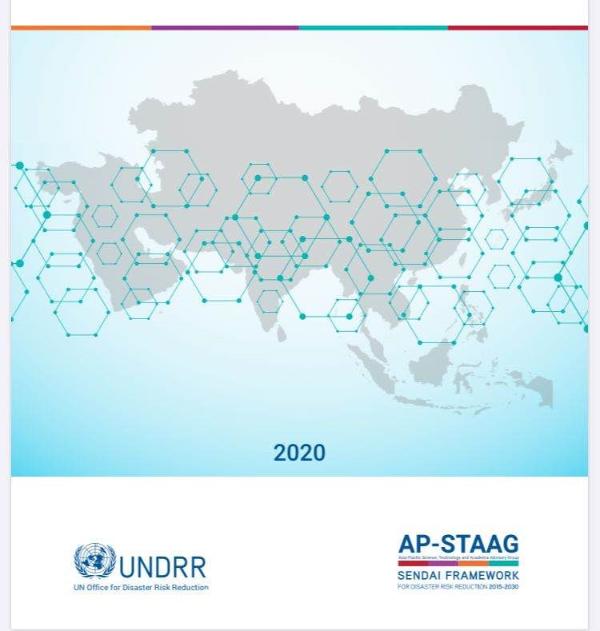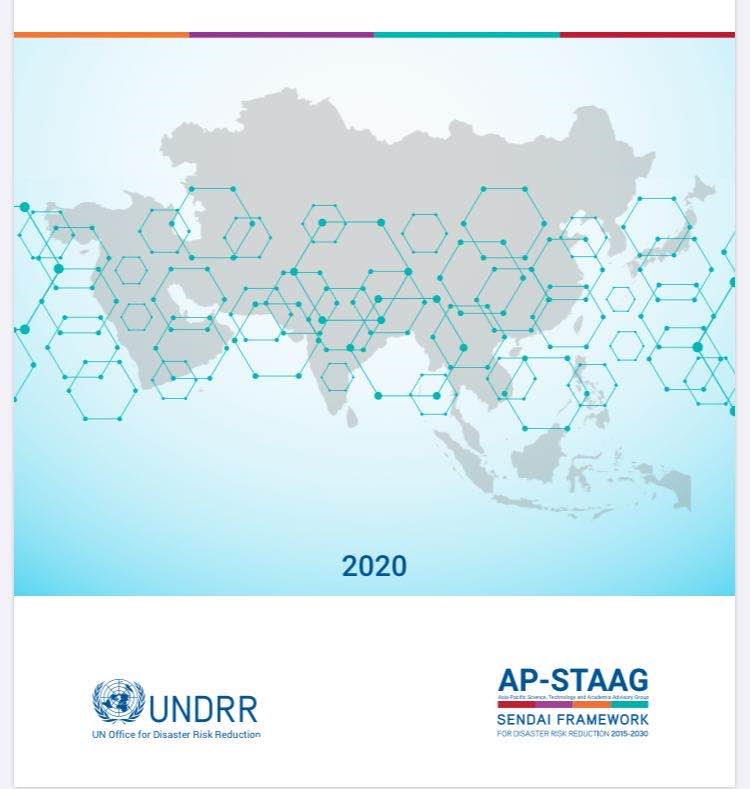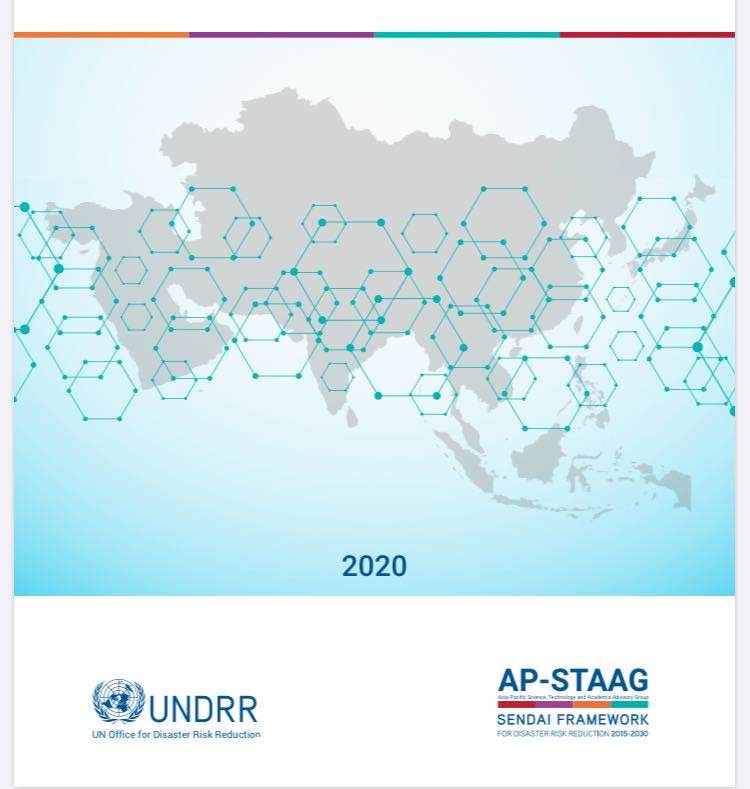
This publication is developed by a group of individuals from the UNDRR Asia-Pacific Science, Technology and Academia Advisory Group (AP-STAAG) with contributions and support from researchers,
This publication is developed by a group of individuals from the UNDRR Asia-Pacific Science, Technology and Academia Advisory Group (AP-STAAG) with contributions and support from researchers, scientists from different countries in the Asia-Pacific region. The publication is based on a qualitative survey and submission of case studies on application of science and technology for disaster risk reduction specific to four Priorities for Action of the Sendai Framework for Disaster Risk Reduction. A total of 69 responses were received representing government, UN agencies, network of universities and the U-Inspire Alliance. A total of 23 case studies were also received from 11 countries, besides four case studies on specific themes. The study is presented in three parts: Part-1, based on the survey responses, presents the regional analysis of the progress in Science and Technology roadmap for disaster risk reduction. Part-2 of the report presents a regional status update of six selected themes namely; 1) NATECH 2) Eco-DRR 3) Capacities Building in Higher Education 4) Socio-Economic of Resilient Infrastructure 5) Space application 6) Urban Resilience and Climate Change. Part-3 includes 27 examples on different themes and actions as listed under the Science and Technology Roadmap. They highlight actions being taken in different countries of the region so to achieve one or more outputs of the roadmap.
The Status of Science and Technology report is an attempt to capture some of this progress across geographies, stakeholders and disciplines in the Asia-Pacific region. Specifically, the report examines progress in a number of thematic areas and against the priorities of the Sendai Framework. The report shows that there is plenty of reason for optimism as the region has made strides in capacity building around understanding disaster risks and the dissemination of scientific knowledge to various stakeholders. At the same time, the report highlights areas of concern where more work is needed to integrate knowledge into policy and practice. The creation of sound policies and scientific applications requires the cooperation of both the scientific community and DRR practitioners.
We hope this report will help enrich the discussion on what can be done to strengthen the connection between science and policy. The resulting synergy will mean empowering local communities and practitioners in the field with the best tools and knowledge to accelerate progress towards climate and disaster risk-informed development and save lives.


Download this report here: https://reliefweb.int/sites/reliefweb.int/files/resources/2020%20Status%20of%20Science%
